Discoveries of man-made objects confined in pieces of rock or coal offer a very alluring and tangible evidence that in the “impossibly” distant past, humanity was significantly more technologically advanced than we could even comprehend.
At the top of a mountain peak, 4,300 feet above sea level, encased inside a stone lay a genuine example of ancient advanced technology, dating from millennia before the historical advent of the Homo sapiens.
On February 13, 1961, Wallace Lane, Virginia Maxey and Mike Mikesell, owners of the Gem and Gift Shop in Olancha, California, went into the Coso Mountains to supply the minerals stock for their shop.
To their surprise, in that day they would find not only minerals, but something that may unravel a major conundrum of the ancient human history. In their search for minerals, they stumbled upon an unusual fossil-encrusted geode. Having caught their interest, Mike Mikesell decided to investigate further over the peculiar rock’s structure.
In the process of cutting it open, Mike Mikesell found to his fascination that the geode proved to contain something strange. In the middle of the stone there was a metal core, about 2 millimeters in diameter.
Casing the core was what seemed to be a ceramic collar that was itself sheathed in a hexagonal sleeve carved out of wood that had become petrified, presumably at a later date.
Around the fossilized wooden shell was the exterior layer of the geode consisting of solidified clay, pebbles, scraps of fossilized shells, and two non-magnetic metallic items that seemed identical to a regular nail and washer.
A piece of copper still remaining between the ceramic and the fossilized wood indicates that the two may have been detached by a now decomposed copper sleeve.
X-ray tests of the item brought to light an object that resembles very much to present-days’ spark plugs.
Considering the approximate layering and structure of the outer crust, the object has been dated from 250,000 to 500,000 BC. However, the name of the geologist is either kept a secret or simply not mentioned in any source material.
In an earlier statement from 1961, an INFO member claimed the object had magnetic properties, but a few years later, in 1969, said magnetism was no longer present.
Despite its assumed extraterrestrial origins, the Coso artifact isn’t just a random spark plug encased in a fossil. Its construction clearly reveals that it is very similar to the first superconductors.
After a series of thorough tests and meticulous X-ray analysis of the Coso artifact, it was revealed that the so called geode was actually a form of mechanical device. Its metallic shaft presented rust at one end, but the other end was bound to a metal spring.
The ceramic finish and the copper and metallic inner parts hint at a kind of electrical apparatus. Though it’s very much alike a spark plug, its helix terminal does not relate to any of our days’ spark plugs.
To push the mystery around the Coso artifact even further, some geologists claim that the rock where it was found encased was at least 500.000 years old, because it fossilized in sedimentary rock deposited during the Great Flood.
This artifact is of extreme importance to archaeologists and geologists, for it reveals the antediluvians had attained impressive progress beyond our expectations: they had discovered and learned to manipulate electricity many thousands of years before the reintroduction of this knowledge into our age of civilization.
Like all ancient artifacts that may hold clues to our enigmatic ancient history, the artifact disappeared three years after it was displayed for only three months at the Eastern California Museum of Independence.
To spice these intriguing conspiracy-like events, in September 1999, an attempt to track the missing artifact has proven unsuccessful, having no leads to the whereabouts of the first people that discovered the Coso artifact, although the chances were some of the three people involved in the discovery had died before then. The only one known to be still alive is Virginia Maxey, but she refuses to publicly comment about the artifact.
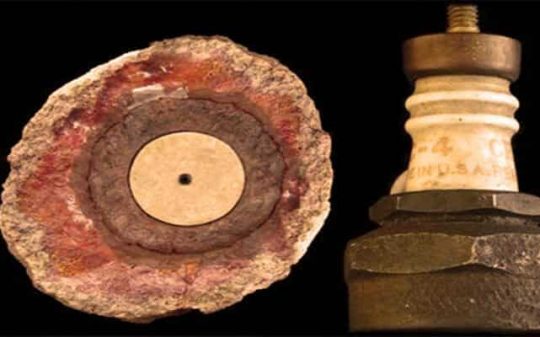


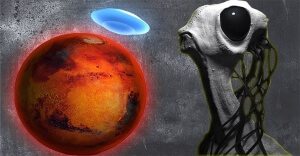

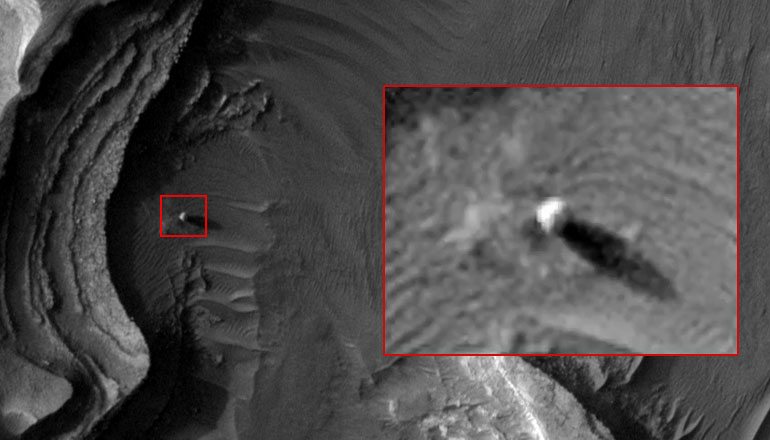
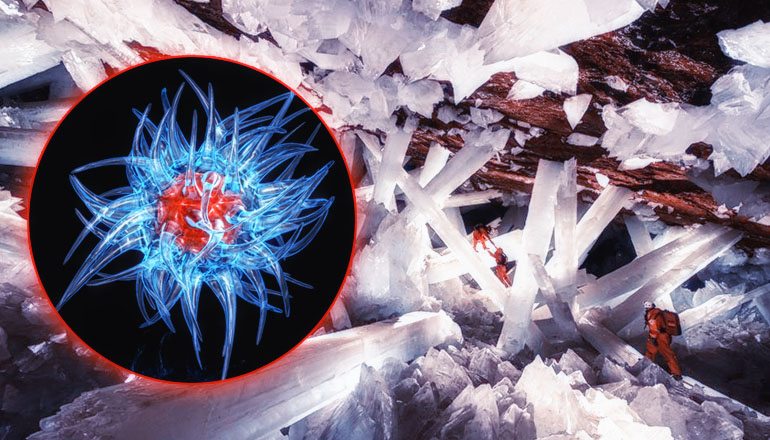
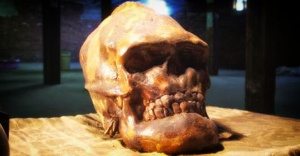


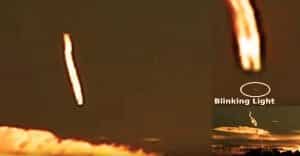

Way cool!